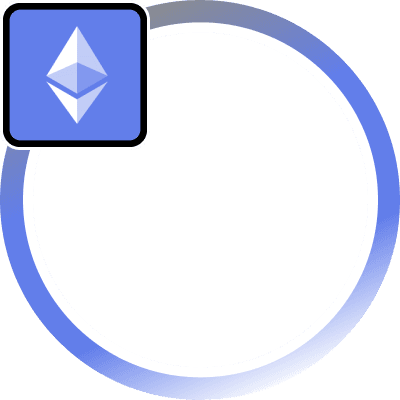Background and History
Eigenlayer emerged as a solution to leverage Ethereum’s robust security framework to decentralize and secure additional blockchain services beyond the Ethereum network. The project was conceived to address the growing need for a flexible and modular platform that could extend the security guarantees of Ethereum to new decentralized applications (dApps), middleware, and decentralized autonomous organizations (DAOs). Since its inception, Eigenlayer has focused on building a strong community of stakers, developers, and operators, who collectively contribute to the platform’s security and growth.
The development of Eigenlayer was driven by the increasing complexity of the blockchain ecosystem, where multiple applications require varying levels of trust and security. By allowing stakers to restake their ETH or other assets across multiple services, Eigenlayer introduced a novel approach to enhancing the security and decentralization of the Web3 ecosystem. Over time, the project has achieved several significant milestones, including the successful deployment of its restaking mechanism, the introduction of Advanced Validation Services (AVS), and the establishment of a comprehensive governance model.
Key Features and Technologies
Restaking Mechanism
At the heart of Eigenlayer is its innovative restaking mechanism. This feature allows Ethereum stakers to reuse their staked assets to secure multiple services within the Eigenlayer ecosystem. By doing so, stakers not only increase their capital efficiency but also contribute to the security of a broader range of decentralized applications. This restaking process effectively extends the security of Ethereum to other parts of the blockchain ecosystem, making it a crucial feature for the protocol’s success.
Advanced Validation Services (AVS)
Eigenlayer offers developers the ability to create and deploy Advanced Validation Services, which are customized validation layers that leverage the protocol’s decentralized trust network. These services can be tailored to meet the specific needs of different applications, providing a high degree of flexibility and scalability. AVS is particularly beneficial for applications requiring enhanced security, as it allows them to utilize a shared security model without compromising on performance or trust.
Usage and Applications
Eigenlayer is used primarily to enhance the security and decentralization of various blockchain services by allowing them to tap into Ethereum’s existing security model. Stakers can participate in the Eigenlayer ecosystem by restaking their assets, thereby securing multiple services and earning additional rewards. This process not only benefits the stakers but also strengthens the overall security of the decentralized applications built on Eigenlayer.
For developers, Eigenlayer offers a platform to build advanced decentralized applications and validation services that require high levels of security and trust. The protocol’s modular design allows developers to create custom solutions that can be easily integrated into the broader blockchain ecosystem. Eigenlayer’s applications span various sectors, including decentralized finance (DeFi), middleware solutions, and decentralized governance structures.
Governance Token
Overview
The Eigen token (EIGEN) is the native governance token of the Eigenlayer protocol. It plays a critical role in aligning the interests of all participants within the ecosystem, including stakers, operators, and developers.
Tokenomics
EIGEN is distributed to incentivize participation in the network, with allocations for staking rewards, development funds, and ecosystem growth. The token’s emission schedule is designed to ensure long-term sustainability and encourage active participation in governance.
Governance Structure
Eigenlayer employs a multisig governance model, where key decisions regarding protocol upgrades, parameter changes, and risk management are made collectively by a group of trusted community members. EIGEN token holders can participate in governance by voting on proposals, thereby influencing the direction of the protocol.
Notable Events
- 2023: Introduction of the restaking mechanism, marking a significant milestone in the protocol’s development.
- 2024: Launch of Advanced Validation Services, providing developers with a powerful tool to enhance the security of their applications.
- 2024: Implementation of multisig governance, ensuring a robust and decentralized decision-making process.



![How to Maximize Your EigenLayer Airdrops [5 DIGIT AIRDROPS?!] – with DeFi Dojo](/_next/image?url=https%3A%2F%2Fimg.youtube.com%2Fvi%2FILuEd0WXjo4%2Fhqdefault.jpg&w=1024&q=75)



